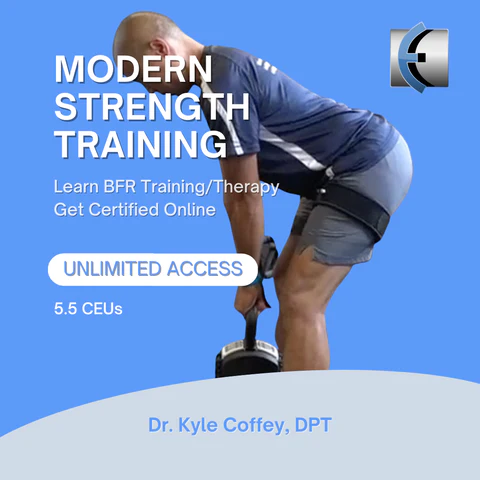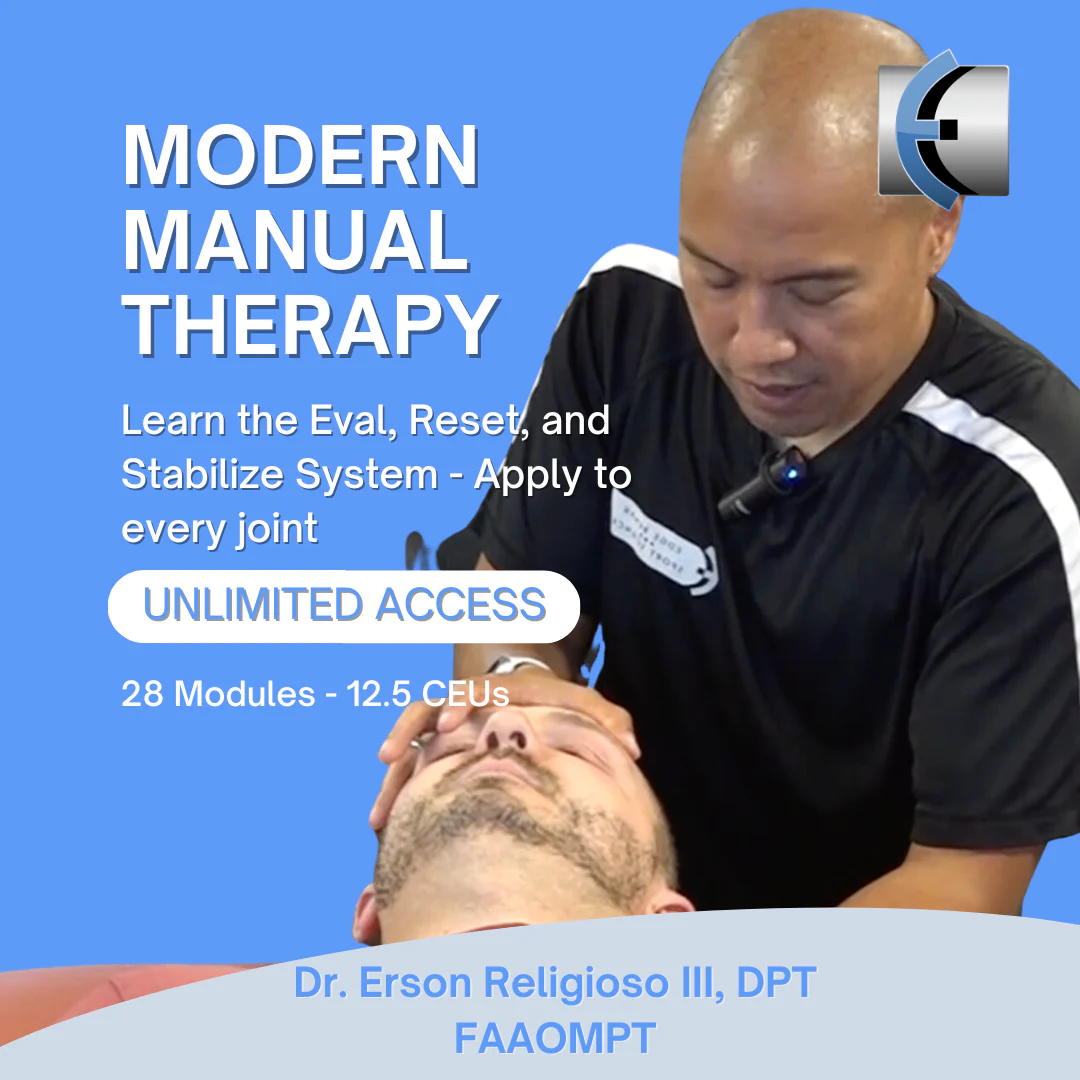Completion of SMT-1 is required prior to taking EMT-1 because musculoskeletal extremity pain and dysfunction rarely occur in isolation and have been found in the most recent literature to be frequently associated with underlying spinal dysfunction.
This two-day (15 contact hours) technique-based course will emphasize the actual physical delivery of high-velocity low-amplitude (HVLA) thrust manipulation procedures to the upper and lower extremity articulations for the management of a variety of peripheral musculoskeletal conditions.
Short lever, long-lever, and combined short and long-lever HVLA thrust manipulation techniques will be instructed and demonstrated for the following extremity articulations or bones: the acromioclavicular (AC) joint, glenohumeral (GH) joint, radiohumeral (RH) joint, ulnohumeral (UH) joint, distal radioulnar joint, capitate bone, lunate bone, scaphoid bone, 1st carpometacarpal (CMC) joint, metacarpophalangeal (MCP) joints, proximal interphalangeal (PIP) joints, distal interphalangeal (DIP) joints, acetabulofemoral (hip) joint, tibiofemoral (knee) joint, superior tibiofibular joint, inferior tibiofibular joint, talocrural (ankle) joint, subtalar joint, 1st tarsometatarsal (TMT) joint, cuboid bone, navicular bone, middle and lateral cuneiform bones, and the metatarsophalangeal (MTP) joints.
In addition, in order to appropriately frame the use of spinal and extremity manipulation within evidence-based practice, biomechanical (peripheral), spinal (segmental), and supraspinal (cortical) models will each be presented as possible mechanisms for the immediate hypoalgesic effects observed following HVLA thrust manipulation in the extremities and spine.

